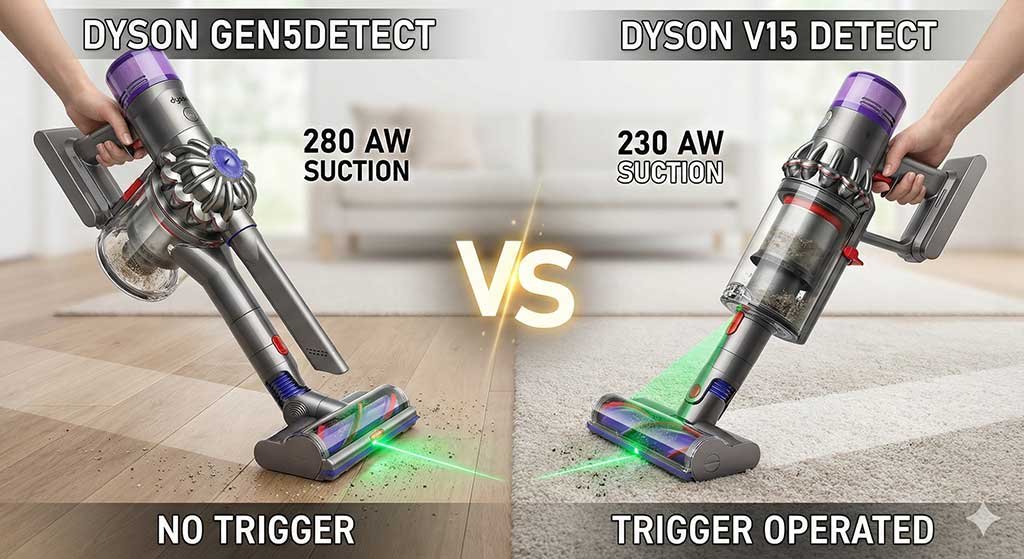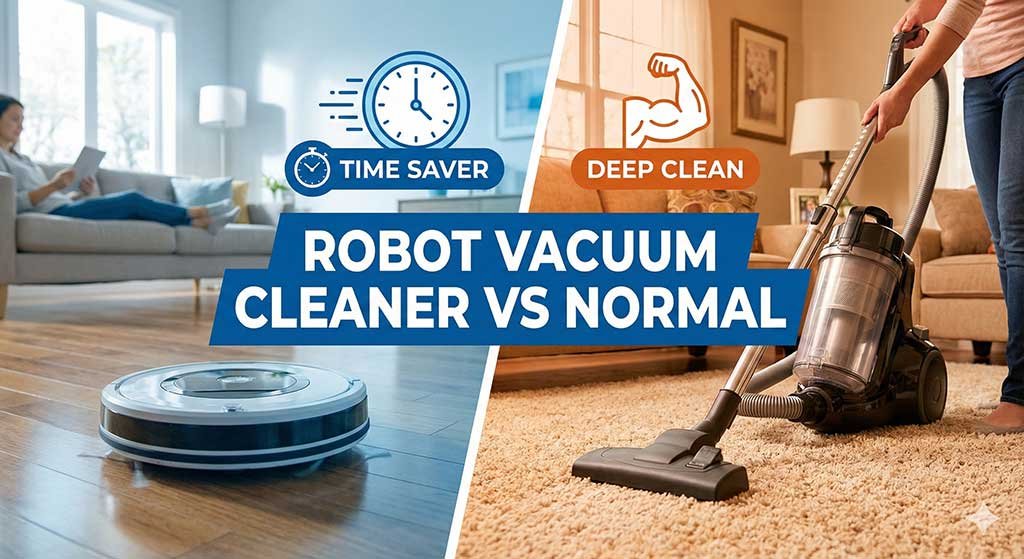Semi-automatic washing machines have gained popularity in the market for their affordability and ease of use. However, like any appliance, they also come with their fair share of problems. Many households choose semi-automatic washing machines as a practical option. But it’s important to be aware of the potential issues that may arise.
In this article, the problems with semi-automatic washing machines will be explored. From uneven washing and rinsing to water wastage, user error, limited wash program options, noise and vibration, and energy inefficiency, common challenges that users may encounter with these machines will be discussed. By understanding these issues, potential buyers or users can make informed decisions about whether a semi-automatic washing machine is the right choice for their laundry needs.
So, let’s delve into the drawbacks of semi-automatic washing machines and gain insights into the problems that may arise with their usage.

Problems With Semi Automatic Washing Machine
Water Management Issues
One of the common problems with semi-automatic washing machines is water management. These machines require manual intervention when it comes to filling and draining water, which can result in several issues.
Uneven water distribution is a common problem in semi-automatic washing machines. Since the water needs to be added manually, it may not be evenly distributed across the drum, leading to uneven washing and rinsing of clothes. This can result in some clothes remaining dirty while others are overly washed, affecting the overall cleanliness of the laundry.
Manual water filling and draining can also be challenging in semi-automatic washing machines. Users need to monitor the water level and fill or drain the water manually at different stages of the wash cycle. This can be time-consuming and inconvenient, especially for users who have a busy schedule or need to multitask.
Constant monitoring may also be required to ensure efficient washing and rinsing. Users need to be vigilant in maintaining the right water level and timely draining to avoid water wastage or incomplete washing. This can be a hassle and may require constant attention during the entire wash cycle.
Labor-Intensive Operation
Another challenge with semi-automatic washing machines is their labor-intensive nature. These machines require manual intervention at various stages of the washing process, which can be time-consuming and tiring for users.
One of the labor-intensive aspects of using a semi-automatic washing machine is manual clothes handling. Users need to manually load and unload clothes into the machine, which can be physically demanding, especially when dealing with heavy loads or multiple batches of laundry. This can be particularly challenging for users with physical limitations or health issues, making the process more exhausting and time-consuming.
Detergent dispensing is another manual task in semi-automatic washing machines. Users need to measure and add detergent to the machine manually, which can be tricky to get the right amount, leading to issues like overdosing or underdosing. This requires careful attention and precise measurement, which can be cumbersome, especially for users who are not accustomed to measuring detergent.
Lack of Advanced Features
Another drawback of semi-automatic washing machines is the lack of advanced features compared to fully-automatic machines. While semi-automatic machines have their benefits, they often lack the convenience and efficiency-enhancing features found in fully-automatic models.
Features such as load sensing, auto-dosing, and delay start are not typically available in most semi-automatic washing machines. Load sensing is a feature that automatically detects the size of the laundry load and adjusts the water level accordingly, optimizing water usage.
Auto-dosing is a feature that automatically dispenses the right amount of detergent based on the load size and fabric type, eliminating the need for manual detergent measuring. Delay start is a feature that allows users to set a timer for the machine to start the wash cycle at a later time, providing flexibility and convenience.
These advanced features can significantly enhance the convenience and efficiency of laundry tasks. Load sensing and auto-dosing help in saving water, detergent, and energy by optimizing the usage based on the load size, while delay start allows users to schedule the wash cycle at a convenient time.
However, these features are not typically available in most semi-automatic washing machines, which can result in less efficient and less convenient laundry routines.
It’s important for users to be aware of the lack of advanced features in semi-automatic washing machines and consider their laundry needs and preferences when choosing a washing machine.
While semi-automatic machines may be suitable for some users who prefer more manual control, those who value convenience and efficiency may find fully-automatic machines with advanced features more suitable for their needs.
Maintenance and Durability Challenges
Maintenance and durability are important aspects to consider when it comes to semi-automatic washing machines. These machines often require more frequent maintenance and care compared to fully-automatic machines, which can pose challenges for users.
One common maintenance challenge with semi-automatic washing machines is the need for manual cleaning of lint filters. These machines typically come with lint filters that need to be cleaned after every wash to prevent clogging and ensure efficient performance. However, users may forget or neglect this task, leading to reduced performance and potential damage to the machine.
Regular tub cleaning is also necessary for semi-automatic washing machines. These machines typically have separate washing and spinning tubs, and both need to be cleaned regularly to prevent dirt and residue buildup. Neglecting tub cleaning can result in foul odors, reduced washing efficiency, and potential damage to the tubs.
Another durability challenge with semi-automatic washing machines is the potential wear and tear of mechanical components. These machines often come with mechanical parts such as agitators, pulleys, belts, and timers, which may require replacement or repair over time. Users need to be mindful of regular wear and tear of these components and ensure timely maintenance to avoid costly repairs or replacements.
Neglecting maintenance can result in reduced performance and lifespan of the semi-automatic washing machine. Therefore, users should be diligent in following the manufacturer’s recommended maintenance guidelines and schedule regular cleaning and maintenance tasks to ensure optimal performance and durability of the machine.
Uneven Washing and Rinsing
When it comes to semi-automatic washing machines, achieving consistent washing and rinsing quality can be a challenge. These machines may not always provide uniform results, which can impact the cleanliness of clothes.
One of the problems is the uneven distribution of water and detergent in the washing tub. Unlike fully-automatic machines that automatically regulate water and detergent levels, semi-automatic machines require manual intervention for these tasks. This means users may unintentionally use too much or too little water and detergent, resulting in uneven washing and inadequate removal of dirt and stains from clothes.
Inconsistent agitation is another issue that can affect the washing quality in semi-automatic machines. These machines typically come with agitators or paddles that move the clothes during the washing process. However, the agitation may not always be consistent, resulting in uneven washing of clothes and uneven distribution of detergent.
Inadequate rinsing is also a concern with some semi-automatic machines. These machines may not have a separate rinsing cycle, and users need to manually rinse the clothes after washing. However, inadequate rinsing can result in residue buildup on clothes, such as detergent residue, lint, and soap scum, even after rinsing.
Water Wastage
Another problem with semi-automatic washing machines is the issue of water wastage. These machines often require manual water filling and draining, which can result in excess water consumption and wastage.
Unlike fully-automatic machines that automatically regulate water levels based on the load and cycle, semi-automatic machines require users to manually fill the washing tub with water for each wash and manually drain the water after the wash is complete. This can lead to unnecessary water wastage, as users may not always accurately measure the required amount of water or may leave the water running for longer than needed, resulting in excess water consumption.
Water wastage can be a concern in areas where water scarcity is a pressing issue or where high water bills are a concern. In such situations, the excess water consumption associated with manual water filling and draining in semi-automatic machines can have a significant impact on the overall water usage and costs.
User Error and Inconvenience
Challenges with Semi-Automatic Washing Machines Another challenge with semi-automatic washing machines is the potential for user error and inconvenience. These machines require manual intervention at various stages of the washing process, which can sometimes lead to mistakes and suboptimal results.
For instance, users may mistakenly dose incorrect amounts of detergent, leading to improper cleaning or excessive suds. Improper handling of clothes, such as tangling or bunching them up, can result in uneven washing or damage to garments. Users may also forget to change the water in the tub at the right time, resulting in ineffective rinsing.
These mistakes can lead to suboptimal washing results, with clothes not being cleaned as effectively as desired. Rectifying these mistakes may require additional effort, such as rewashing clothes, re-dosing detergent, or manually draining and refilling water, which can be inconvenient and time-consuming.
Furthermore, the need for manual intervention throughout the washing process can be inconvenient for users who may prefer a more hands-off approach or those with busy lifestyles. Fully-automatic machines, on the other hand, offer greater convenience as they handle most tasks automatically, requiring minimal user intervention.
To mitigate user error and inconvenience, it’s important for users of semi-automatic washing machines to carefully follow the instructions provided by the manufacturer, accurately measure and dose detergent, handle clothes properly, and set reminders for changing water. Being mindful of these factors can help ensure optimal washing results and minimize the need for additional effort to rectify mistakes.
Noise and Vibration
Another factor to consider with semi-automatic washing machines is the issue of noise and vibration. These machines can be noisy and may cause noticeable vibrations during operation, which can be disruptive and annoying for users.
The noise and vibrations generated by semi-automatic machines can arise from various sources, such as the motor, agitator, and the manual intervention required during different stages of the wash cycle. The noise levels and vibrations can vary depending on the specific model and make of the machine, but they can be significant enough to cause disturbance, especially in apartments or shared living spaces.
The constant humming, buzzing, and rattling noises, along with the vibrations, can not only be bothersome for the users but also for those around them. It can disrupt sleep, disturb neighbors, and cause inconvenience, particularly during night-time or early morning laundry sessions.
In contrast, fully-automatic machines, especially front-loading models, tend to be quieter and generate minimal vibrations during operation. They come with advanced noise reduction technology and sturdy design that helps in minimizing noise and vibrations, providing a more peaceful and convenient laundry experience.
To mitigate the issue of noise and vibration with semi-automatic machines, users can take measures such as placing the machine on a stable surface, ensuring proper installation, and avoiding overloading the machine. However, it’s important to note that noise and vibration can still be a concern for those living in apartments or shared spaces, and it’s essential to consider this factor when choosing a washing machine.
Energy Inefficiency
Energy inefficiency is another concern. These machines typically consume more water and energy compared to fully-automatic machines due to manual water filling and draining requirements.
Semi-automatic machines often require manual intervention for filling and draining water, which can lead to excess water consumption. Users may need to estimate the water levels, which can result in overfilling or underfilling, leading to wastage or inadequate washing results. Additionally, the lack of automated water level sensors and load sensors can further contribute to energy inefficiency as the machine may use more water and energy than necessary.
The higher water and energy consumption of semi-automatic machines can result in increased water and energy bills, adding to the overall operating cost of the machine. Moreover, the unnecessary water usage can contribute to environmental concerns, particularly in regions facing water scarcity or areas with a focus on environmental conservation.
In comparison, fully-automatic machines, especially front-loading models, come with advanced sensors and technology that optimize water and energy usage, resulting in higher energy efficiency and lower utility bills. Users can also take advantage of various energy-saving features and programs available in fully-automatic machines to reduce their environmental impact.
Wrap Up
In this article we have highlighted several problems with semi automatic washing machine. These issues include maintenance and durability challenges, uneven washing and rinsing, water wastage, user error and inconvenience, limited wash program options, noise and vibration, and energy inefficiency. It is important for potential buyers or users of semi-automatic machines to be aware of these problems in order to make informed decisions.
In terms of pros, semi-automatic washing machines may offer affordability, portability, and ease of use. They can be suitable for small spaces and budget-conscious consumers. However, potential buyers or users should carefully consider these pros against the semi-automatic washing machines.




Leave a Reply